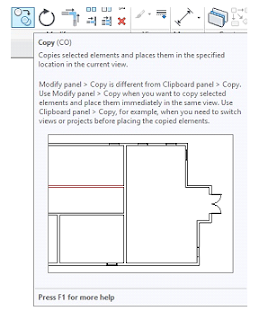- Design Should Be Simple, Fresh and Unique
This is very first and effective mantra that website should be simple, fresh and unique Because the attraction of a website relies on its simplicity. One doesn’t need to add extraordinary stuffs to make website attractive, it will look attractive as simple as it will be. A website also must be unique because a brand is established as a unique brand in industry, same as website also must be unique because there are lots of websites having same theme and same pattern. If you make it unique, a visitor will remember your site for sure.
- Showcase Your Services and Products
Obviously, you will be selling any services and products through your site. So, make sure you showcase them clearly, if you do not clearly tell your visitor about your products in spite of showing other stuffs so you are going to lose your customer. “First Impression is the last Impression” you have first impression to attract your customer so it should be in directly way to engage your customer with your services.
- Use High Quality Videos and Images
Make sure it is the very important term to mind it, you are in 2018. And there are millions of dynamic and static sites there. If your website is static you can make it awesome by just using high quality images and videos that will really catch a user attention.
User Experience(UX) is the backbone of your website. A good User Interface(UI) is not enough, you have to enhance user experience and make your site functional and interactive. Because every element on webpage says something if you work with user experience, it’s like a story on a webpage that you want to show your visitor when they visit your website and how you take them to step by step and show your services. By learning the best UI development courses in Rohini you can attain a thorough knowledge of UX and UI designing.
- Use the “Best Typography”
Yes, use the best typography that suits your business that suits your whole website. Because the font you are using matter a lot for your website. So it is necessary to find the best font before moving to other things. Like if you are making educational or e-learning site you will use educational fonts and kids font and if you are making a business website you will surely use official font.
Color scheme plays a vital role in the entire website, it like a first impression when a visitor visits your site the very first thing he notices the color scheme you have used. Color scheme depends on the type of business there are many kinds of business like real state, education, hotels, tour and travel, religion-related, matrimonial.
- Easily Accessible Website
Your website must be easily accessible for a user to sustain consistency in your website, Most of the users do not want to involve or see extraordinary things they just want to see your services at once. Keep the navigation and web design consistent throughout the site, so they can easily go to next or next to previous when needed.
- Try to Make Your Site Light
It’s a very secret hack to sustain consistency and keep engaged your customer with your website. Make your site as lite as possible, notice when sites load, how much time it takes to open. Do not use any heavy image or any video that slow down your site and do not put extra content in your hosting or FTP server.
Your content should be enough required, you don’t need to put extra content to explain your customer about your products and services, there are also many things to attract them that comes with the user interface and user experience. All you need to put the required content to make your site beautiful and clean.
At last, one has to focus on SEO practices to make it website successful for business. Search Engine Optimization (SEO) and Search Engine Marketing (SEM) are a very important part of SEO. Take time to learn SEO by joining best SEO Training Institute in Delhi and adopt in your search ranking, because you obviously want to see your website on 1st rank when you search on google with your company name.
Web designing is really a highly paid sector which offers numerous career opportunities for aspirants. You can also enter in the sphere of opportunities by completing diploma courses in Web designing. And you can apply the below-given practices during your training to explore the web in detail






















